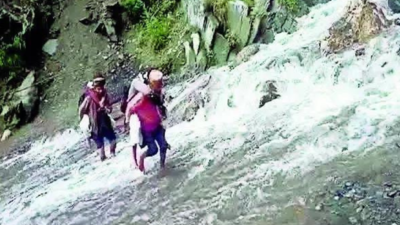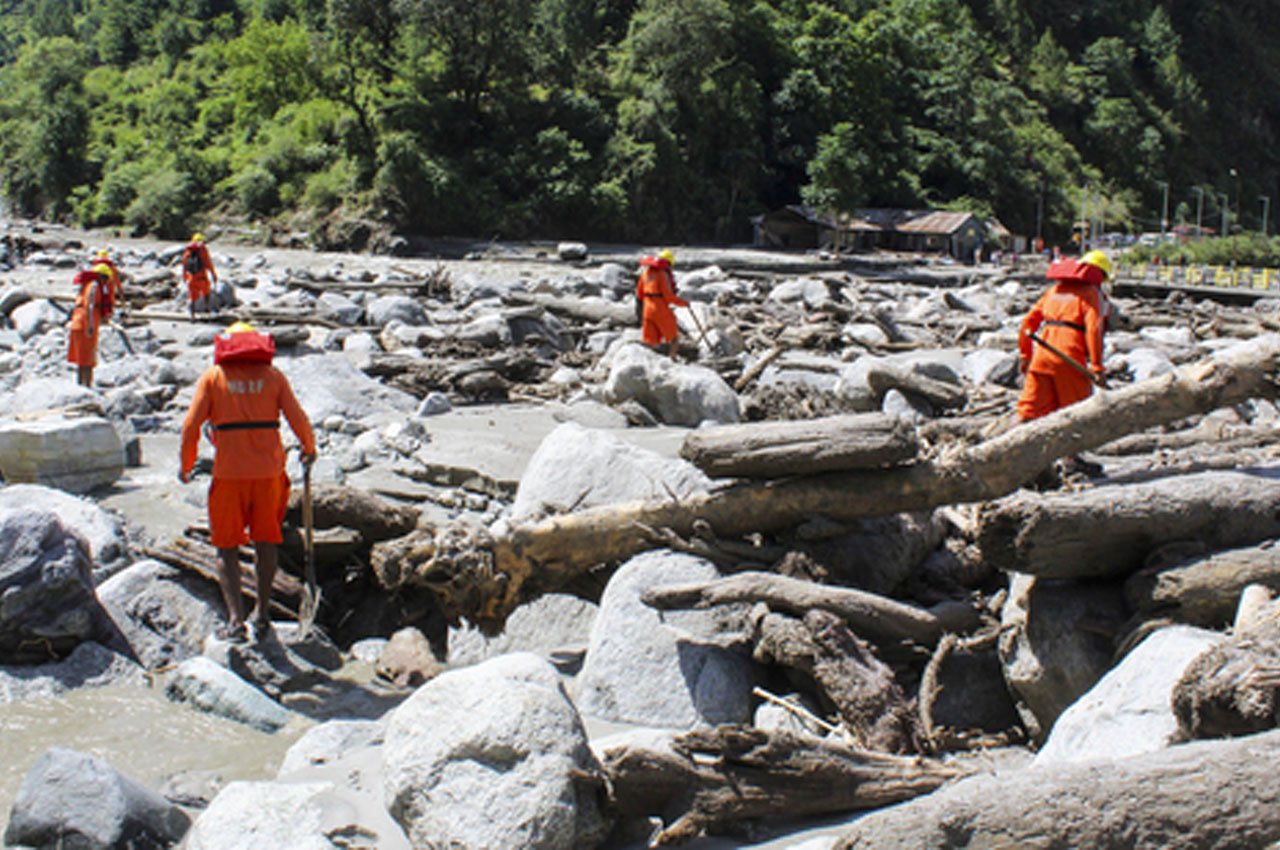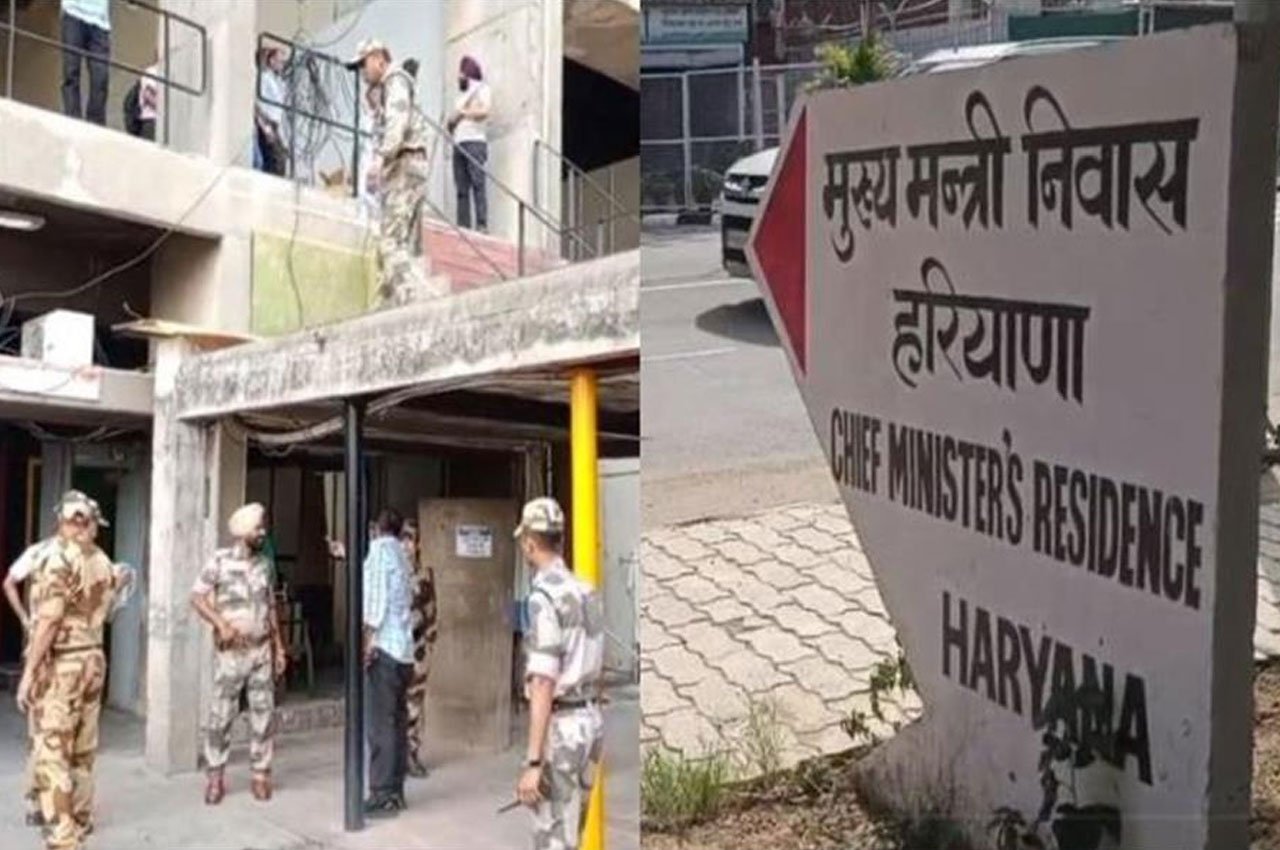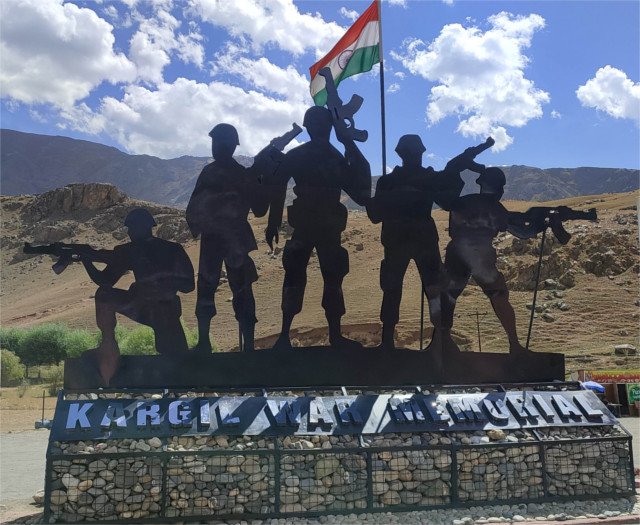In a stark reminder of the deep infrastructural gaps in India’s hill states, over two dozen schoolchildren in Chamba’s Bharmour region are risking their lives daily for education. According to The Times of India , to attend classes at the Government Senior Secondary School in Mandha, students from Banni and Bhadra villages must cross the Banni Mata nullah, a seasonal stream that turns into a torrent during the monsoon.
With no bridge in sight, the children either wade through the water or are carried on the backs of adults. A chilling video recently went viral showing a young girl nearly swept away, sparking public outrage and calls for immediate action.
A Daily Gamble for Education
What should be a simple walk to school has become a treacherous expedition. In dry weather, the nullah is passable, but one spell of rain turns it into a gushing threat. Despite the obvious risk, families have no option.
“We carry our children on our shoulders, praying nothing goes wrong,” says Ramesh Kumar, a father from Banni village. “But this can’t go on forever—one day we might not be so lucky.”
Besides students, the nullah is also used by pilgrims visiting the revered Banni Mata Temple, further underlining the urgent need for a safe crossing.
Years of Pleas, No Concrete Action
The villagers have been demanding a bridge or at least a footbridge for over two years. Repeated representations have been made to local officials, including Bharmour’s MLA Dr. Janak Raj, but with little to show on the ground.
“Tenders were floated, plans were discussed, but it all remained on paper,” laments Poonam Devi, a teacher. “We are not asking for luxury, just a basic necessity.”
The sense of frustration is growing. “Is it too much to expect a safe route for our kids? Why wait for a tragedy to act?” questioned Surinder Singh, a former local representative.
Authorities Assure, But Doubts Remain
The Chamba Deputy Commissioner recently announced plans to construct a culvert before the next monsoon, intended to allow the stream to flow beneath a road. But villagers fear this may be a temporary or inadequate fix.
“A culvert might work for light flow, but not when the water rises. We need a proper iron or wooden footbridge,” says Devki Nandan, a local volunteer working on rural safety awareness.
Learning Amid Fear
The danger has also taken a toll on learning. Teachers at Mandha school confirm frequent absences during the rainy season.
“We’ve had weeks when half the class is missing. The children are afraid, and rightly so,” says a senior faculty member. “It’s not fair—they’re losing out on education just because of a missing bridge.”
A Larger Failure in Hill-State Infrastructure
This incident is not isolated. Across Himachal Pradesh and other Himalayan states, poor infrastructure forces children to brave rivers, forests, and cliffs to access basic schooling. Such stories starkly contrast with national goals like Right to Education and Digital India.
Experts point out that rural infrastructure remains neglected until it becomes a crisis. “This is not just about one bridge,” says a Shimla-based development researcher. “It’s about how our systems overlook the most vulnerable.”
When Will the Bridge Be Built?
For now, the children of Banni and Bhadra continue their perilous journey—on a piggyback and a prayer. Their courage is admirable, but it should not be required. In a country that sends missions to the moon, ensuring safe access to school should not be a distant dream.
As monsoon clouds loom large and the nullah swells again, villagers hope this will finally be the season of action, not just promises.




